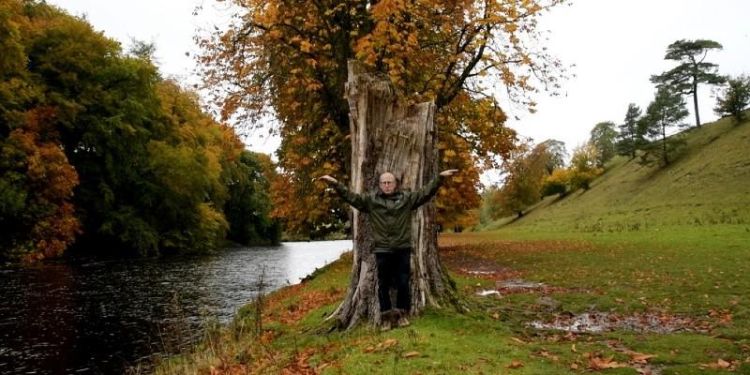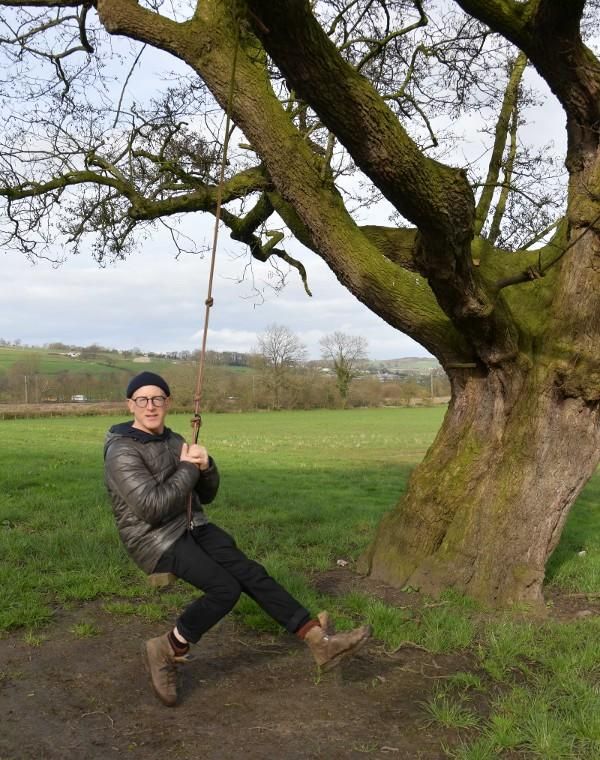Fine Art alumnus Jo Nash wins MA Dissertation Prize awarded by Henry Moore Institute

MA Fine Art graduate Jo Nash has been announced as the winner of one of three dissertation prizes presented by the Henry Moore Institute.
Each year, the Henry Moore Institute awards two prizes for extended pieces of writing on contemporary, modern or historical sculpture, given to outstanding BA and MA dissertations written by students of all disciplines.
Entrants are encouraged to submit research and writing that explores sculpture in its most expansive form. This year, dissertations tackled topics ranging from land art to theoretical architecture, soundscapes to liminal spaces, examinations of sex, gender, performance art, and much more.
For 2023, the Henry Moore Institute decided to choose three winners: Jo Nash (MA Fine Art, University of Leeds), Meg Erridge (BA Fine Art, University of Oxford) and Tatiana Parr (BA History of Art, University of Manchester).

Jo Nash. Photo courtesy of the artist.
Jo Nash graduated with an MA Fine Art from the School of Fine Art, History of Art and Cultural Studies in 2023. He is a multi-disciplinary artist focusing on how societies and individuals experience and relate to the natural world.
Jo’s winning dissertation – A Phenomenological Investigation into Arboreal Art – examines the topic of arboreal art, or ‘the re-purposing of trees either for display within the art gallery or as sites for an artistic intervention.’

Jo Nash, Pseudomonas Syringae, 2023. Studio installation, University of Leeds. Image courtesy of the artist.
Jo said:
“How might we approach a tree? One answer might be discovered through our engagement with art whose subject are trees, in particular arboreal art.
“By consulting the writings of Husserl, Heidegger and Merleau-Ponty (which are full of references to trees as exemplar for a phenomenological account of experience), I endeavoured to demonstrate that arboreal art gives rise to an experiential clearing – that is, an opening through which trees can emerge out of hiddenness.
“My dissertation grew out of my art practice, which at the time focused on a group of dying and dead horse chestnut trees on the banks of the River Wharfe. Weekly visits to the site, taking photographs and making videos led me to reflect on my relationship to trees in general and what my experience is capable of revealing about an individual tree’s existence.”

Jo Nash, Underneath the Spreading Chestnut Tree, 2023. Site specific intervention at the University of Leeds. Image courtesy of the artist.
Nick Thurston, Jo’s dissertation supervisor and Associate Professor in the School of Fine Art, History of Art and Cultural Studies, said:
“Jo had to marshal lots of complicated ideas and nuanced philosophical differences to make this project work.
“It is centred around the legacies of three very familiar philosophers from one very familiar cannon (the Modern European), but Jo draws on close readings of their work to find a new and specific angle, the arboreal.
“More recent writings by contemporary phenomenologists, including Laura Pustarfi and Paul Crowther, became influences he handled really smartly along the way. This showed a really sophisticated ability to synthesise the big-picture ideas with the careful study of recent artworks by a diverse range of artists, including Mark Dion, Anya Gallaccio and Natalie Jeremijenko.”

Jo Nash, Tree (4), 2024. Installation. Image courtesy of the artist.
More information
Find out about Jo Nash and his art practice.
Find out more about the Henry Moore Institute Dissertation Prize.
Feature image
Jo Nash. Photo courtesy of the artist.




